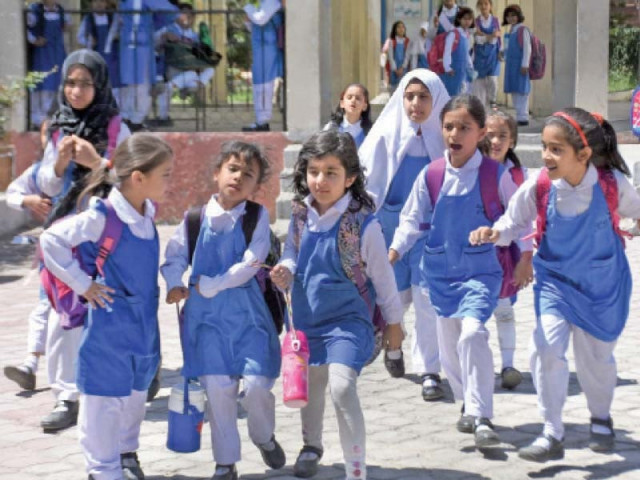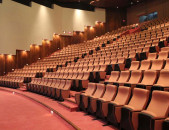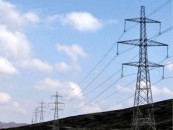Girls’ education still a challenge
Report sheds light on persistent gender disparities in education

A higher percentage of girls (around 8%) are still out of school as compared to boys (6%), says the Annual Status of Education Report (ASER), which is a flagship project of the Idara-e-Taleem-o-Aagahi (ITA), the largest citizen-led learning accountability initiative.
The report was officially unveiled coinciding with International Women’s Day with a galaxy of senior educationists, distinguished panellists, government officials, representatives from civil society, development partners, media persons, students and teachers in attendance.
Former federal education minister Rana Tanveer Hussain was the chief guest on the occasion. He welcomed the ASER report’s findings and held they would help the decision makers take up and address the concerns particularly, those of girls education, out-of-school children, learning gap etc as pointed out in the ASER National Report.
Province-wise results show that the gender gap in the percentage of out-of-school children (OOSC) aged 6-16 years is more pronounced in Balochistan, Sindh, and Khyber Pakhtunkhwa. Although the gender gap in the share of OOSC has narrowed over time, a significant percentage (14%) of both girls and boys (aged 6-16) in rural areas remain outside the education system.
The gender gaps in learning have narrowed from 2012, 2014 to 2023, including pandemic/flood years (2020-2023), literacy (at least sentences) and numeracy (subtraction). The launch event called for decisive measures to be taken in support of girls and other marginalised groups.
According to the report ASER Pakistan reached more than 272,000 children of 3-5 years across 151 rural and 123 urban district blocks in 31 divisions of Pakistan including, 8,765 public and private schools/madrassahs and NFE centres. More than 200,000 children 5-16 years were assessed on a foundational learning or grade 2 tool in Urdu, Arithmetic, and English. The twelfth launch of ASER Pakistan on foundational literacy and numeracy in Pakistan was made possible by 10,000+ educated enumerators in collaboration with 16 civil society organisations, including the National Commission for Human Development (NCHD).
Despite adverse shocks to the education system, such as COVID-19 and disastrous floods, the ASER rural results for 2023 indicate an improvement in enrolment of children aged 3-5 years (42% in 2023, and 6-16 years 88% in 2023 compared to 79% (rural) in 2014. The demand for education is growing as an essential. The report reveals an overall dip in learning trends from 2021 to 2023 for grade 5 students in Urdu (54.9% to 50%) and Arithmetic (51.4% to 46.3%).
However, there are positive trends in specific regions, such as an 8.5% improvement in Urdu (story level) in Gilgit Baltistan and a 5% improvement in arithmetic (2-digit division) in Islamabad Capital Territory (ICT). From 2014 to 2019 Pakistan’s learning levels had improved 15-17% in Urdu, Arithmetic and English; learning gains received a setback during COVID and floods.
During the ASER 2023 launch, brave calls to action were also made by female students from the Federal Directorate of Education (FDE) schools and transgender individuals.
Published in The Express Tribune, March 9th, 2024.



















COMMENTS
Comments are moderated and generally will be posted if they are on-topic and not abusive.
For more information, please see our Comments FAQ